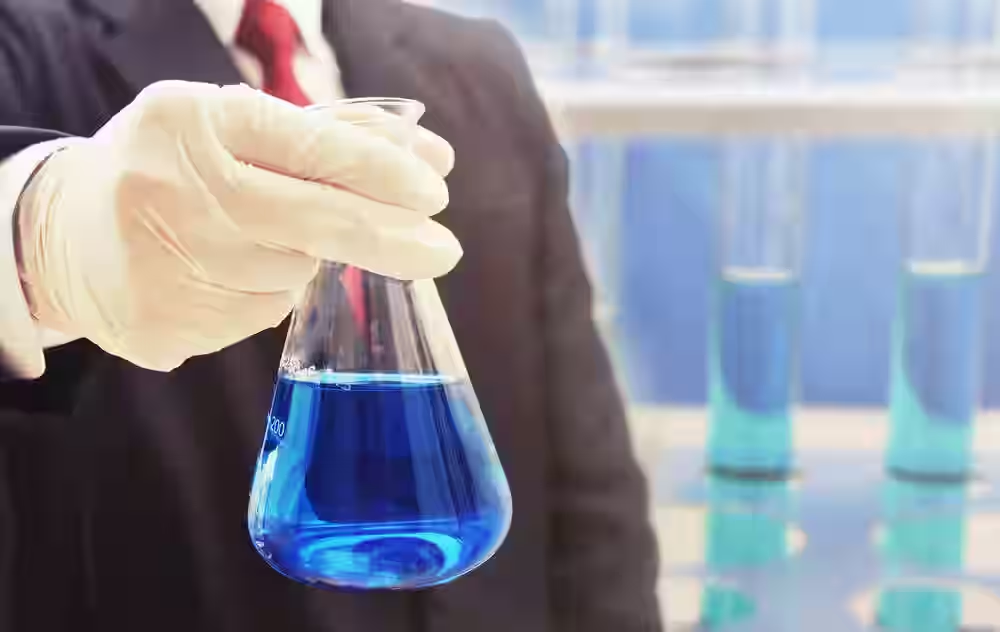Blog
10% Sulfuric Acid SDS: Ensuring Safety in Chemical Handling
When working with chemicals, safety is of utmost importance. A 10% sulfuric acid SDS (Safety Data Sheet) provides crucial information about handling, storage, and potential hazards associated with this chemical. This article aims to deliver essential insights into sulfuric acid and the significance of its SDS in ensuring safety in various applications.
What is Sulfuric Acid?
Sulfuric acid is a highly corrosive and dense liquid used in a range of industrial processes. It plays a vital role in the production of fertilizers, petroleum refining, wastewater processing, and more. The 10% sulfuric acid solution is commonly used in laboratories and various manufacturing settings due to its effective chemical properties.
Importance of a 10% Sulfuric Acid SDS
A 10% sulfuric acid SDS is vital for anyone working with this chemical. It outlines essential information such as the properties of sulfuric acid, potential hazards, handling precautions, and first aid measures. Understanding this data ensures that workers can handle the chemical safely and respond appropriately in case of an accident.
Key Components of a 10% Sulfuric Acid SDS
- Identification
- The SDS begins with identifying the chemical, including its name, synonyms, and relevant product codes.
- Hazard Identification
- This section outlines the hazards associated with sulfuric acid, including its corrosive nature and potential health risks.
- Composition/Information on Ingredients
- Details about the concentration of sulfuric acid and any other components in the solution are provided.
- First-Aid Measures
- Emergency response guidelines for exposure, ingestion, or skin contact are crucial for safety.
- Fire-Fighting Measures
- Information on suitable extinguishing methods and hazards during a fire helps prepare for emergencies.
- Accidental Release Measures
- This section provides protocols for containing and cleaning up spills safely.
- Handling and Storage
- Proper storage conditions and handling precautions are essential for maintaining safety in the workplace.
- Exposure Controls/Personal Protection
- Recommended personal protective equipment (PPE) to prevent exposure to sulfuric acid is outlined.
- Physical and Chemical Properties
- The SDS lists physical characteristics, including boiling point, density, and pH, which are crucial for understanding the chemical’s behavior.
- Stability and Reactivity
- This section details the stability of the solution and possible hazardous reactions with other substances.

How to Read a 10% Sulfuric Acid SDS
Reading a 10% sulfuric acid SDS effectively is key to ensuring safety. Here are some tips:
- Familiarize Yourself with Sections: Understand each section’s purpose, as outlined above.
- Use Simple Language: If you’re unfamiliar with technical terms, seek guidance to clarify.
- Keep the SDS Accessible: Always have the SDS readily available in the workplace for quick reference in emergencies.
Proper Use and Application of 10% Sulfuric Acid
Using 10% sulfuric acid safely requires proper training and adherence to protocols. Here are some recommended practices:
- Training: Ensure that all personnel handling sulfuric acid are trained in safety procedures.
- Use PPE: Always wear appropriate PPE, including gloves, goggles, and lab coats, when working with sulfuric acid.
- Labeling: Clearly label all containers containing 10% sulfuric acid to prevent misuse and accidents.
- Proper Disposal: Follow local regulations for disposing of sulfuric acid waste to minimize environmental impact.
Common Applications of 10% Sulfuric Acid
Understanding where 10% sulfuric acid is commonly used can help in recognizing potential risks:
- Laboratory Settings
- Used in various chemical reactions and analyses.
- Cleaning Agents
- Effective for cleaning metals and removing rust due to its strong acidic properties.
- Battery Production
- Commonly used in lead-acid batteries.
- pH Adjustment
- Utilized in wastewater treatment facilities to adjust pH levels.
Risks and Precautions of Using 10% Sulfuric Acid
While 10% sulfuric acid has beneficial uses, it also presents risks that require precautions:
- Corrosive Nature: Can cause severe skin burns and eye damage upon contact.
- Inhalation Risks: Vapors can irritate the respiratory system; ensure adequate ventilation.
- Environmental Impact: Proper disposal is necessary to prevent contamination.
Responding to Accidental Exposure
In case of accidental exposure to 10% sulfuric acid:
- Skin Contact: Rinse the affected area with plenty of water for at least 15 minutes. Remove contaminated clothing.
- Eye Contact: Immediately flush eyes with water for 15-20 minutes and seek medical attention.
- Inhalation: Move the person to fresh air and seek medical help if they experience difficulty breathing.
Conclusion
Understanding the 10% sulfuric acid SDS is crucial for anyone working with this chemical. It contains vital information on hazards, safe handling, and emergency measures. By familiarizing yourself with the SDS, using appropriate safety equipment, and following proper procedures, you can ensure a safer working environment.
